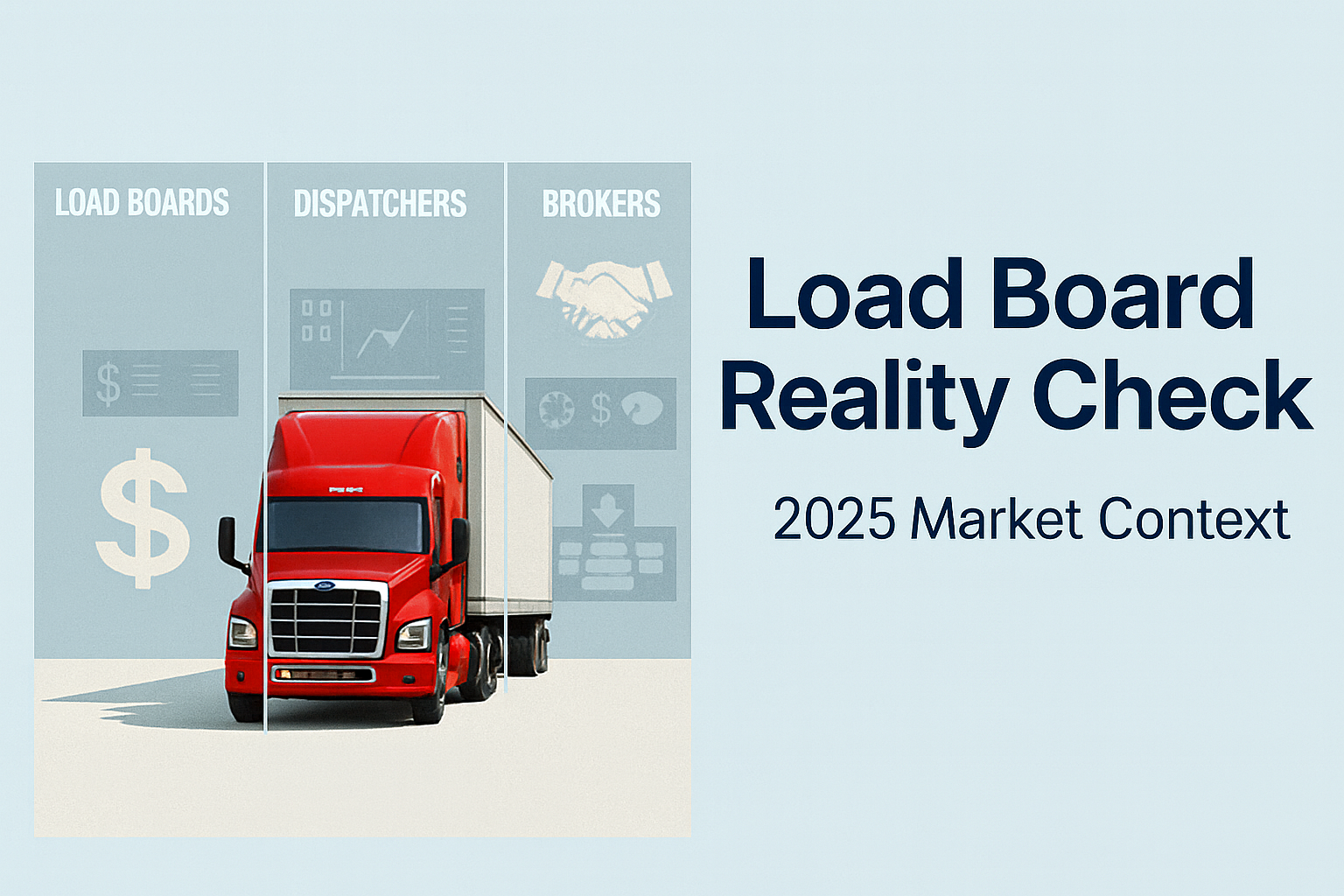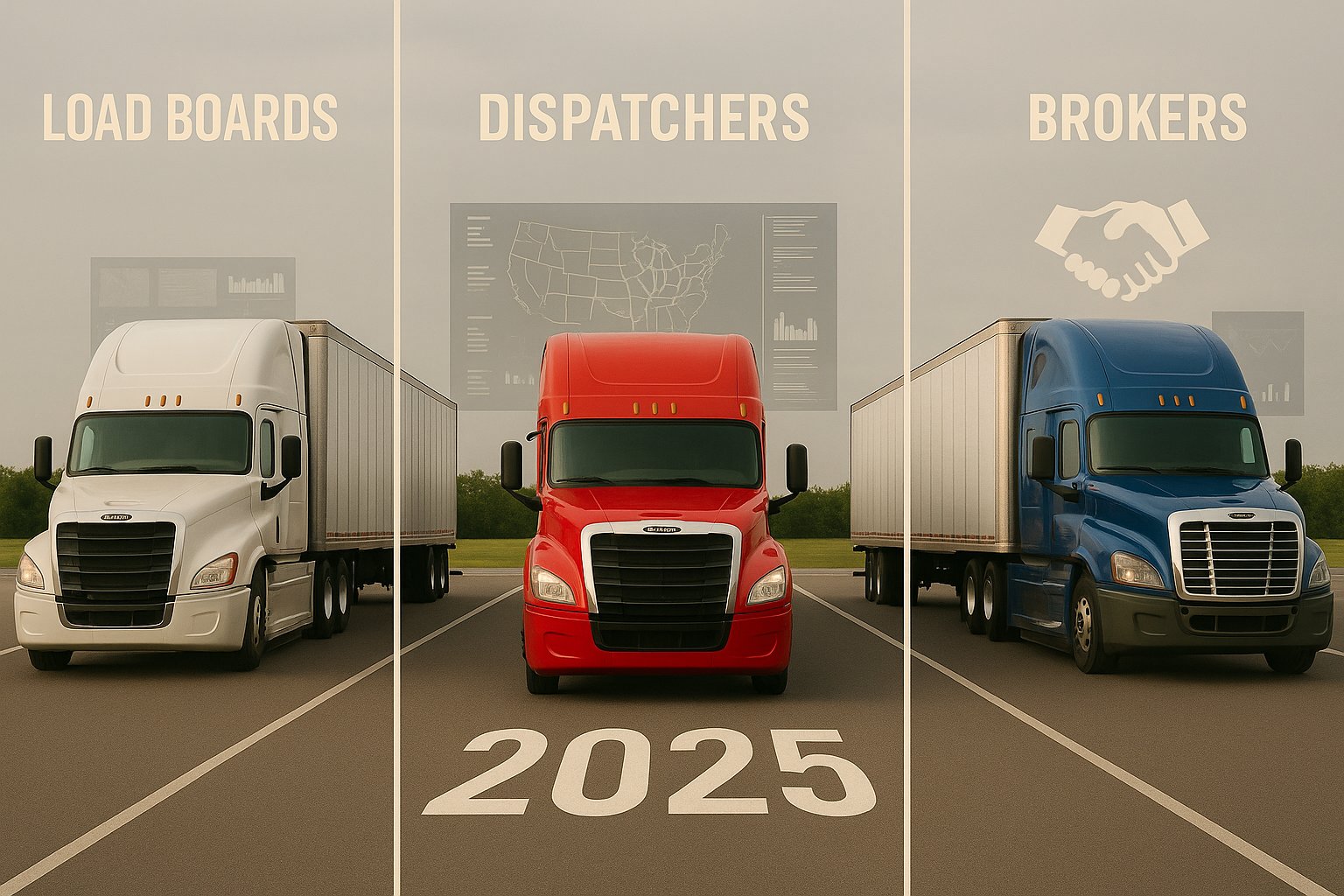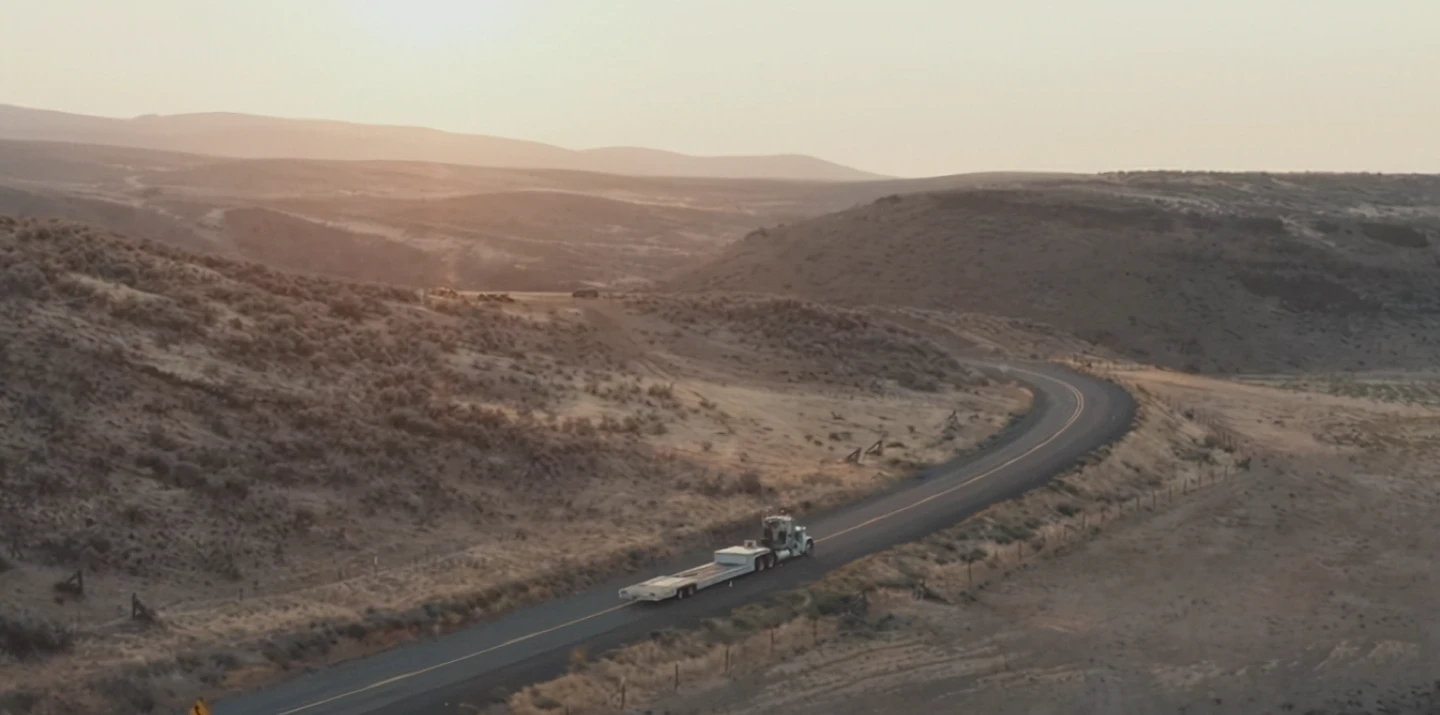
Flatbed trucking is one of the most versatile forms of freight transportation. Unlike enclosed trailers, flatbeds provide an open deck with no walls or roof, making it possible to haul oversized, oddly shaped, or exceptionally heavy cargo. This adaptability has made flatbeds indispensable for industries ranging from construction to renewable energy.
But what exactly travels best on a flatbed? While just about anything can be secured on these open trailers, there are certain freight types that are especially well-suited for them. Below, we’ll dive into the top five freight categories ideal for flatbed trucking, exploring not only what they include but also why flatbeds make the perfect partner for moving them.
1. Construction Materials
The Backbone of Building Projects
Construction sites thrive on a steady supply of essential materials—steel beams, lumber, rebar, bricks, concrete pipes, and roofing supplies, to name a few. These materials are usually oversized, bulky, or heavy, which makes them impractical for enclosed trailers. Flatbeds, with their open design and ability to be loaded from the sides or above with cranes and forklifts, make the process seamless.
A flatbed can pull right up to a construction site—no dock required—allowing workers to offload the cargo quickly and directly where it’s needed. This efficiency is vital in an industry where time is money.
Picture a downtown skyline under construction: towering cranes lifting steel beams from flatbed trailers as they’re slotted neatly into the skeleton of a high-rise. Without the versatility of flatbed trucking, this coordinated dance of progress would slow to a crawl.
Why Flatbeds Work Best
- No restrictions on length or width for beams, planks, or sheets.
- Easy crane or forklift access.
- Ability to deliver directly to sites without loading docks.
2. Industrial Machinery & Heavy Equipment
Moving Giants on Wheels
Industrial machinery—such as generators, printing presses, turbines, and heavy manufacturing tools—often weighs several tons and has unusual dimensions. The same goes for construction and earth-moving equipment like bulldozers, backhoes, and excavators. These machines are simply too large to fit into standard enclosed trailers.
Flatbeds are the natural solution. Their sturdy decks can handle tremendous weight, while step-deck or double-drop flatbeds can manage extra-tall cargo. Chains, straps, and tarps ensure the equipment remains secure during transport.
Imagine a brand-new excavator perched proudly on a flatbed, heading down the interstate to its new jobsite. Its bucket gleams in the sun, promising to dig foundations for future roads, bridges, and buildings. That excavator’s journey begins not with its first scoop of dirt—but with a flatbed truck.
Why Flatbeds Work Best
- Strong decks designed for heavy weight.
- Specialized flatbeds (RGN, step-deck, double-drop) accommodate taller or oddly shaped machinery.
- Loading and unloading flexibility—roll-on, lift-on, or crane-assisted.
3. Pipes, Tubing, and Long Loads
The Challenge of Length
Pipes, tubing, beams, and poles often extend far beyond the standard 53-foot trailer length. Transporting these items requires not just space but also the ability to secure them safely over long distances.
Flatbeds excel at handling long freight. Extendable or stretch flatbeds can accommodate cargo up to 80 feet or more, ensuring that industrial piping for oil and gas projects, water systems, or construction can reach its destination intact.
Picture a convoy of flatbeds winding down the highway, each loaded with massive steel pipes that glint in the sun. They look like enormous metallic straws stretching beyond the horizon, destined to become the lifelines of a city’s water supply.
Why Flatbeds Work Best
- Can handle oversized lengths safely.
- Extendable trailers adapt to unusual dimensions.
- Securement options (chains, straps, spacers) ensure the load doesn’t shift.
4. Agricultural Equipment
Feeding the World with Flatbeds
Agriculture relies on big, powerful machines—tractors, harvesters, seed drills, irrigation systems, and balers. These pieces of equipment are large, wide, and sometimes oddly shaped, making enclosed transport impossible.
Flatbeds provide the open space and structural integrity needed to transport these machines between manufacturers, dealerships, and farms. During peak planting or harvest seasons, timing is critical, and flatbeds help keep the agricultural calendar on track.
Imagine a rural sunrise: a flatbed truck rolling down a gravel road, carrying a brand-new combine harvester. As it’s unloaded, the machine will soon sweep across fields of golden wheat, turning sunrise into harvest. The flatbed isn’t just carrying equipment—it’s delivering productivity and food security.
Why Flatbeds Work Best
- Wide decks can handle bulky or irregularly shaped farm equipment.
- Easy side or crane access for loading and unloading.
- Essential for seasonal timeliness—farmers can’t afford delays.
5. Oversized & Specialty Cargo
When Size Breaks the Rules
Some freight simply defies normal categories. Wind turbine blades, solar panels, prefabricated homes, large coils of steel, and even entire airplane parts fall into the “specialty cargo” category. These oversized and often delicate items demand both creativity and expertise in transportation.
Flatbeds, particularly specialized versions like RGNs or double-drops, are designed for these unique challenges. They allow shippers to move freight that exceeds standard height, width, or weight limits, often requiring permits and escort vehicles.
Creative Snapshot
Picture a flatbed carrying a single wind turbine blade—longer than a city bus—snaking its way through rural highways. Escorted by pilot cars, it travels slowly, drawing gazes from everyone it passes. That blade’s destination? A wind farm where it will soon spin silently, helping power thousands of homes with clean energy.
Why Flatbeds Work Best
- Customized trailer configurations handle extreme lengths, widths, and heights.
- Perfect for renewable energy projects, prefabricated buildings, and industrial installations.
- Support for delicate securement methods (tarps, padding, specialized racks).
The Advantages of Flatbed Trucking for These Freight Types
Flatbeds remain indispensable because they provide flexibility, strength, and accessibility. Here’s why they stand out for the five categories above:
- Open deck access: cargo can be loaded from the sides, rear, or above, reducing handling time.
- Oversize-friendly: length, width, and height restrictions are more manageable than with enclosed trailers.
- Securement variety: chains, straps, binders, and tarps adapt to each load’s needs.
- Site accessibility: flatbeds can deliver to farms, construction sites, or energy projects that lack loading docks.
Ultimately, flatbeds aren’t just trailers—they’re problem solvers on wheels.
To Wrap Up
Flatbed trucking plays a vital role in keeping industries moving. From construction materials that form the backbone of new buildings to industrial machinery powering factories, from pipes stretching across landscapes to farm equipmentfeeding the world, and even oversized specialty cargo fueling innovation—flatbeds handle it all.
Each flatbed delivery represents more than cargo on a trailer. It represents growth, progress, and the infrastructure of tomorrow. Whether it’s beams for a skyscraper, blades for a wind farm, or tractors for a family farm, flatbeds transform logistical challenges into moving success stories.
Flatbed trucking isn’t just transportation—it’s the backbone of industries that build, power, and feed our world.






